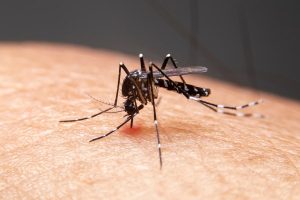Multi-passenger gondolas and high-speed chairlifts let skiers and snowboarders tackle more trails than ever before, but those who are tired are more apt to lose control and put themselves or others at risk, according to the National Ski Areas Association (NSAA).
Before you hit the slopes, the group urges you to get into shape. Once on the mountain, stop and rest when necessary.
These added steps will help you stay injury-free:
- Have the right equipment. Get ski or snowboard bindings properly adjusted at a ski shop. Good equipment can also be rented at resorts.
- Wear the right clothes. Choose garments made with high-quality water- and wind-resistant fabric. Look for design features to keep cold air out, including fabric flaps over zippers, fitted cuffs at wrists and ankles, collars that can be cinched up to the chin and adjustable drawstrings.
- Dress in layers. Wearing multiple layers allows you to add or remove items if you are too cold or too hot. Choose a bottom layer that dries quickly and absorbs sweat to stay warm. Wear a turtleneck, sweater and jacket on top.
- Expect fickle weather. Carry a hat or headband. Wear gloves or mittens. Be aware of changing conditions. Skiers and snowboarders may speed up on hard or icy slopes.
- Use sunscreen. The sun reflects off the snow. It’s important to protect your skin from harmful UV rays — even on cloudy days.
- Protect your eyes. Use sunglasses or goggles so you can see potential hazards.
- Take a class. Qualified instructors can help you perfect your technique and become a more controlled skier or snowboarder.
- Stay focused. It’s important to stay in control mentally as well as physically on the slopes.
- Play it safe. If you end up on a trail that is beyond your ability, remove your skis or snowboard and sidestep down the slope.
The NSAA says it’s also important to warm up on easy trails before tackling more advanced runs and to drink plenty of water throughout the day. Remember: Winter sports, alcohol and drugs don’t mix. Stay sober on the trails.
More information
The American Academy of Orthopaedic Surgeons provides more information on winter sports safety.
Source: HealthDay
Copyright © 2025 HealthDay. All rights reserved.

















